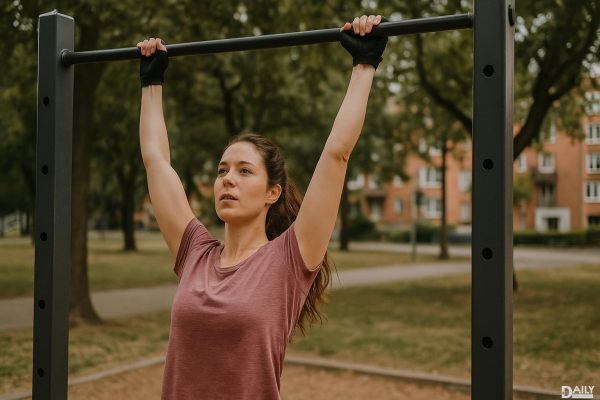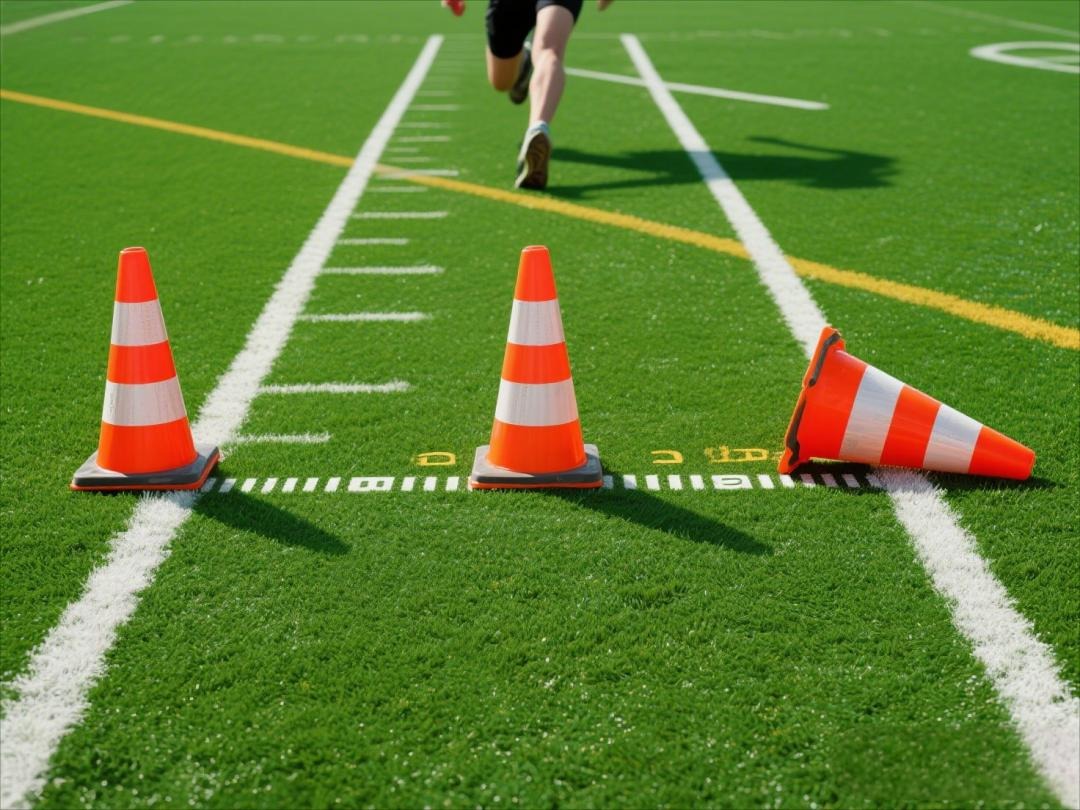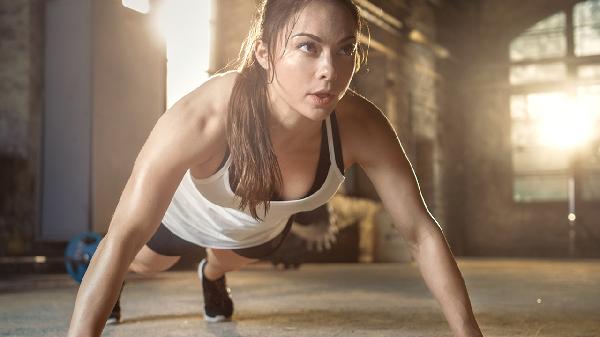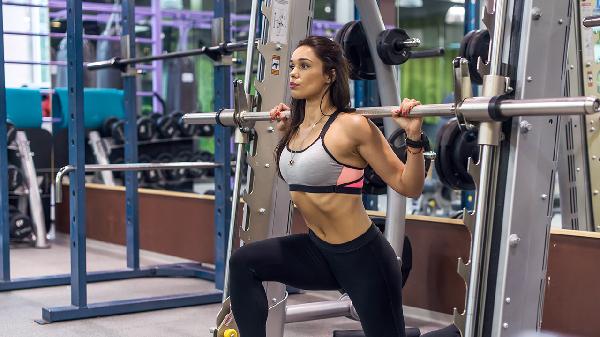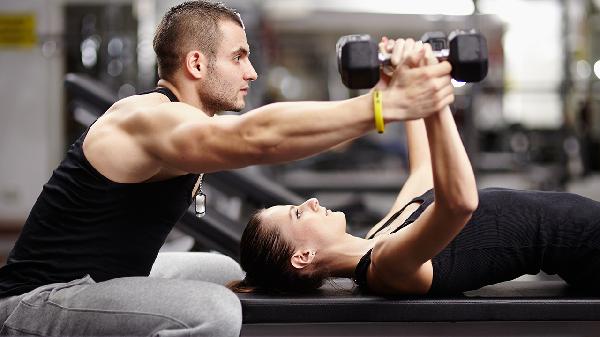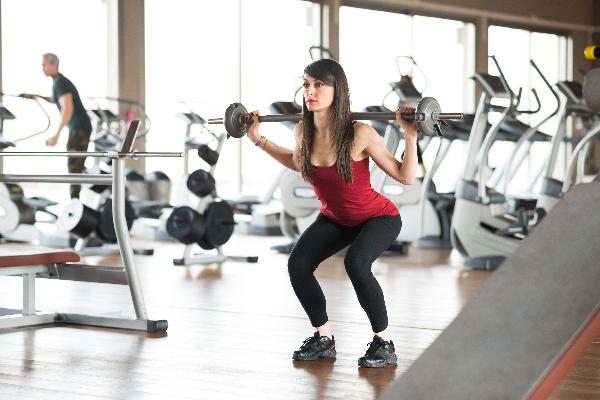If you're looking to build stronger legs, the leg extension machine might seem like a no-brainer—but does it actually deliver? The short answer: yes, but with some caveats. While this gym staple targets your quads like a laser beam, it’s not a one-stop shop for leg day. Let’s break down what the leg extension machine really works, how to use it effectively, and whether it deserves a permanent spot in your leg routine.
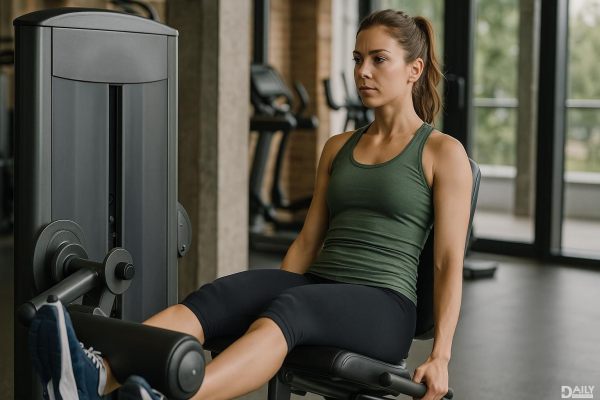
The leg extension machine is all about isolation—specifically, zeroing in on your quadriceps. Unlike compound movements like squats or lunges, which engage multiple muscle groups, this machine lets you hammer your quads without much help from your glutes, hamstrings, or core. That’s great if you’re trying to bring up lagging quads, but it also means you’re missing out on the functional strength and coordination that comes with multi-joint exercises. The machine works by having you sit with your legs bent at 90 degrees, then extending your knees against resistance to straighten your legs. Simple? Yes. Effective? Absolutely—if you’re using it right.
Your quads are the star of the show here—specifically the rectus femoris, vastus lateralis, vastus medialis, and vastus intermedius. These muscles handle knee extension, and the leg extension machine puts them under serious tension. But here’s the kicker: it doesn’t do much for your hamstrings, glutes, or calves. That’s why relying solely on this machine can lead to muscle imbalances, especially if you’re skipping exercises like deadlifts or hip thrusts. Another thing to watch out for? The machine can be tough on your knees if you’re loading up too much weight or using poor form. If you’ve got existing knee issues, you might want to tread carefully or swap in alternatives like step-ups or Bulgarian split squats.
First things first: adjust the machine properly. The pad should rest just above your ankles, not on your shins, and the seat should position your knees in line with the machine’s pivot point. Keep your back flat against the seat—no arching or leaning forward—and control the weight through the full range of motion. Avoid slamming the weight up or letting it drop too fast on the way down. And if you feel any sharp pain in your knees? Bail on the rep and reassess your setup. Some trainers recommend stopping just short of full extension to keep tension on the quads and reduce knee strain, so experiment to see what feels best for you.
Squats are the undisputed king of leg exercises—they hit your quads, hamstrings, glutes, and even your core. But leg extensions have their place too. If you’re recovering from an injury, need to isolate weak quads, or just want to add extra volume after your heavy compounds, extensions can be a solid addition. Think of them as a supplement, not a replacement. And if you’re short on time? You’re better off prioritizing squats, lunges, or leg presses since they deliver more bang for your buck.
If you’re bored with the standard leg extension, try mixing it up. Slow eccentrics (taking 3-4 seconds to lower the weight) can ramp up muscle damage and growth. Drop sets—where you do a set to failure, then immediately reduce the weight and keep going—are another brutal but effective option. Or, if you’re feeling fancy, single-leg extensions can help fix imbalances between legs. Just don’t go overboard—since this is an isolation move, it’s easy to overdo the volume and end up with fried quads (or worse, cranky knees). Stick to 2-3 sets of 8-12 reps, and pair it with heavier, compound lifts for balanced leg development.
So, should you use the leg extension machine? If your goal is bigger, stronger quads—yes, but wisely. It’s a tool, not a magic bullet. Combine it with compound lifts, listen to your knees, and remember: the best leg workout is the one you can do consistently without ending up in the physical therapist’s office.
